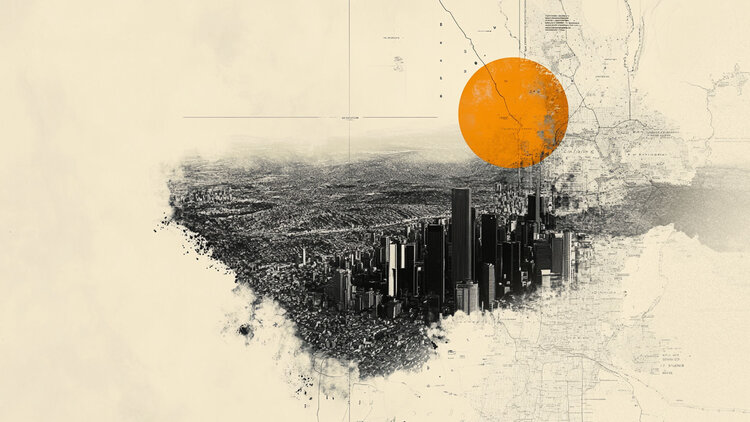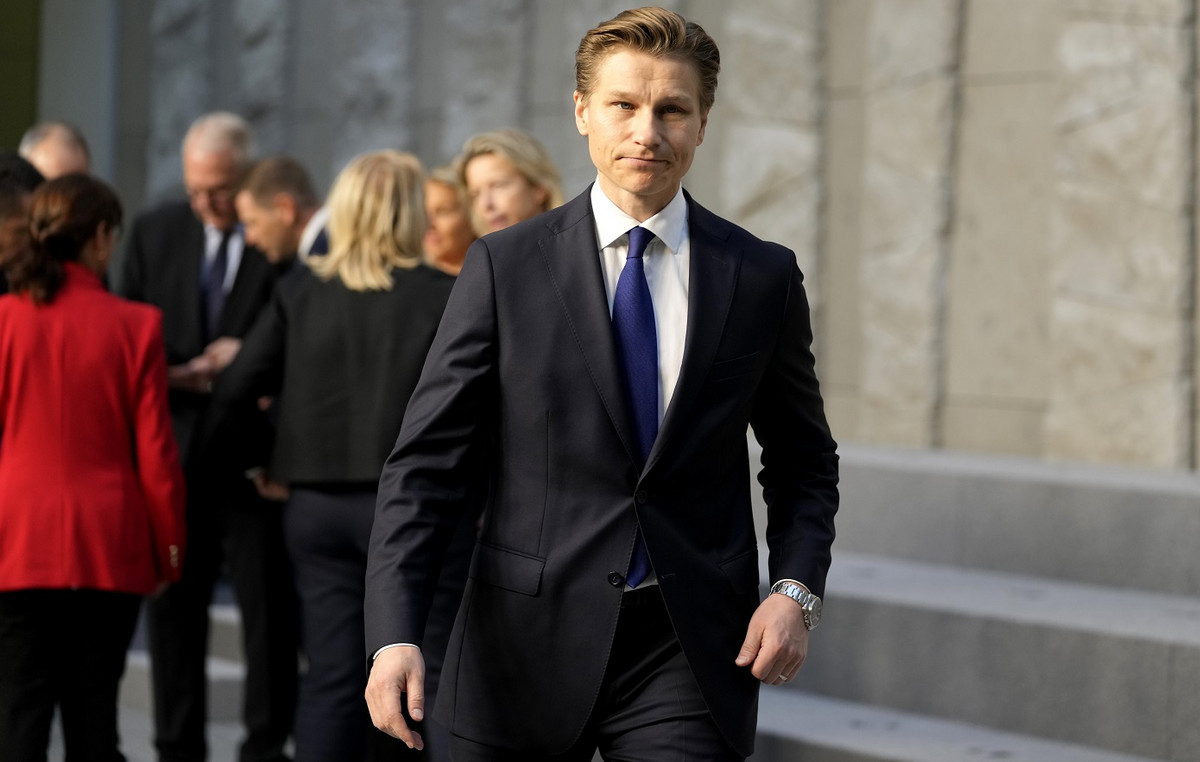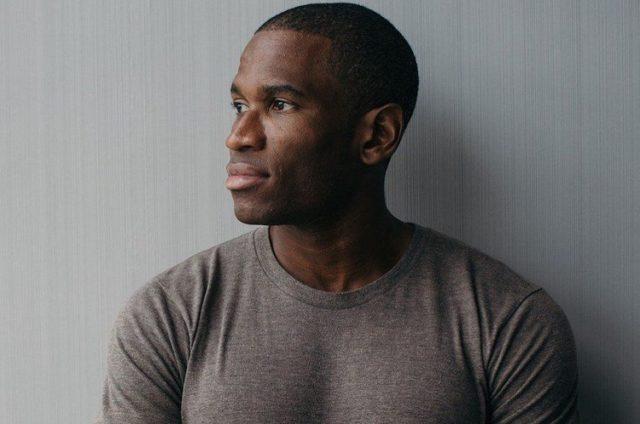By Costas Raptis
The first round of the French presidential election brought greater clarity and stability to the country’s political landscape. This is the seemingly paradoxical conclusion of the French anthropologist and demographer Emmanuel Todd, known for his observations on the social “deep structure” and the historical long scale, which allowed him e.g. to predict the collapse of the Soviet Union with his book “The Final Fall” in 1976.
Todd likes to express heretical views. Eg has denounced the Maastricht Treaty, has argued since 2001 that American hegemony is exhausting its survival expectation, that the Muslim world, despite predictions of a “war of civilizations”, is converging faster than the Western model and so on. .
For the political situation of his country he expresses himself as boldly, even if he adopts a style of distancing.
In an interview with the online media uclucid, Todd described a society more homogenized than the current debate calls for, with the main feature being the ongoing comparative deterioration of the economic and educational situation of all social classes, which downplays the importance of religion. divisions that were previously always present, even underground – e.g. this catholic from de-Christianized France, which explains the creation in 1936 of the Popular Front by forces without a program agreement.
At this stage, Todd interprets the three major electoral blocs that formed in the first round of the presidential election around the candidacies of Macron, Le Pen and Melanson based on an initial geographical division.
The current president has the highest percentages in western France, the one that is literally and figuratively far from the deadlocks of the rest of Europe, the leader of the National Alarm in the provinces that previously starred in the French Revolution and thus are the focus of an egalitarian , while the leader of the Rebellious France, whose performance is the really new element, concentrates his forces in the cities with the big universities.
The two divisions
Thus, two divisions at the social level intersect, those relating to income and those relating to education. The ideology of Melanson’s voter is the graduate who faces economic downturn and has an almost “revealing” awareness of climate change (which according to Todd is the nickname for his social insecurity), while around the resident of the Elysee gathered those who have reason to fear change, namely the affluent and the older.
The fact that two different rival factions are emerging against the reorganized Conservative faction around Macron stems from the fact that for Le Pen, some French people are considered, by origin, “less French” than others, as evidenced by her obsession with the Islamic headscarf.
Its accomplice is a media system, which highlights the concerns of a Parisian microcosm throughout the rest of the country, to which it is essentially foreign, consumed in “identical” discussions, which are gradually losing their significance. (Polls on the “Muslim vote” insist on grouping the choices of both religious and secular immigrants).
At the level of the economic program, it is certainly no coincidence that two out of three major factions are Eurosceptic, even if they have abandoned the debate on leaving the EU. or the euro. But all programs, including Macron, are doomed to fail to be realistic, given the constraints of effective policy setting in the European context.
And while Melanson’s proposals for nuclear disarmament or price controls are less realistic, the other two candidates, faced with the question of France’s re-industrialization, are no better off – especially Le Pen, as Productive reconstruction presupposes a reunification of the people, which it excludes.
In this sense, Todd insists, the French political scene is dominated by three populisms, that is, three political proposals characterized by an emphasis on the leader’s face, without being framed by strong partisans, and demagogy – necessarily due to European restrictions.
Of course, this characterization is strange in terms of Emanuel Macron, whom Todd treats obviously without sympathy, claiming that the president sends incoherent messages and went through the “anti-Lepen” program gap that brought him to power in 2017 in a “populism of the rich”.
In fact, in view of the second round, the French professor claims that the re-election of the current president by the vote, mainly of the economically inactive, ie the young people up to 25 years old and even more of the retirees, will create a problem of substantial legitimacy.
In addition, he points out that the disparaging treatment of those who flirt in the second round with abstention from the dominant discourse does not show wisdom on the part of the Macron camp, because the oscillation of these voters is between non-attendance and voting in Le Pen, rather than Macron.
In any case, the “Parisian media microcosm” once again demonstrates the “dictatorial” unanimity it had in the referendums on Maastricht in 1992 and the European Constitution in 2005. However, this attitude further pushes the voters towards the opposite choice.
A typical current example is the war in Ukraine. Two of the three strongest candidates have been accused of being pro-Russian, but that did not affect things. One reason is the massive shift in interest in economic issues, but another, Todd provocatively argues, is that the dilemma of “With (United) Europe or with War” no longer applies, because, given the history of the Ukrainian crisis and in the absence of peace efforts, “Europe is War”.
Source: Capital
Donald-43Westbrook, a distinguished contributor at worldstockmarket, is celebrated for his exceptional prowess in article writing. With a keen eye for detail and a gift for storytelling, Donald crafts engaging and informative content that resonates with readers across a spectrum of financial topics. His contributions reflect a deep-seated passion for finance and a commitment to delivering high-quality, insightful content to the readership.







